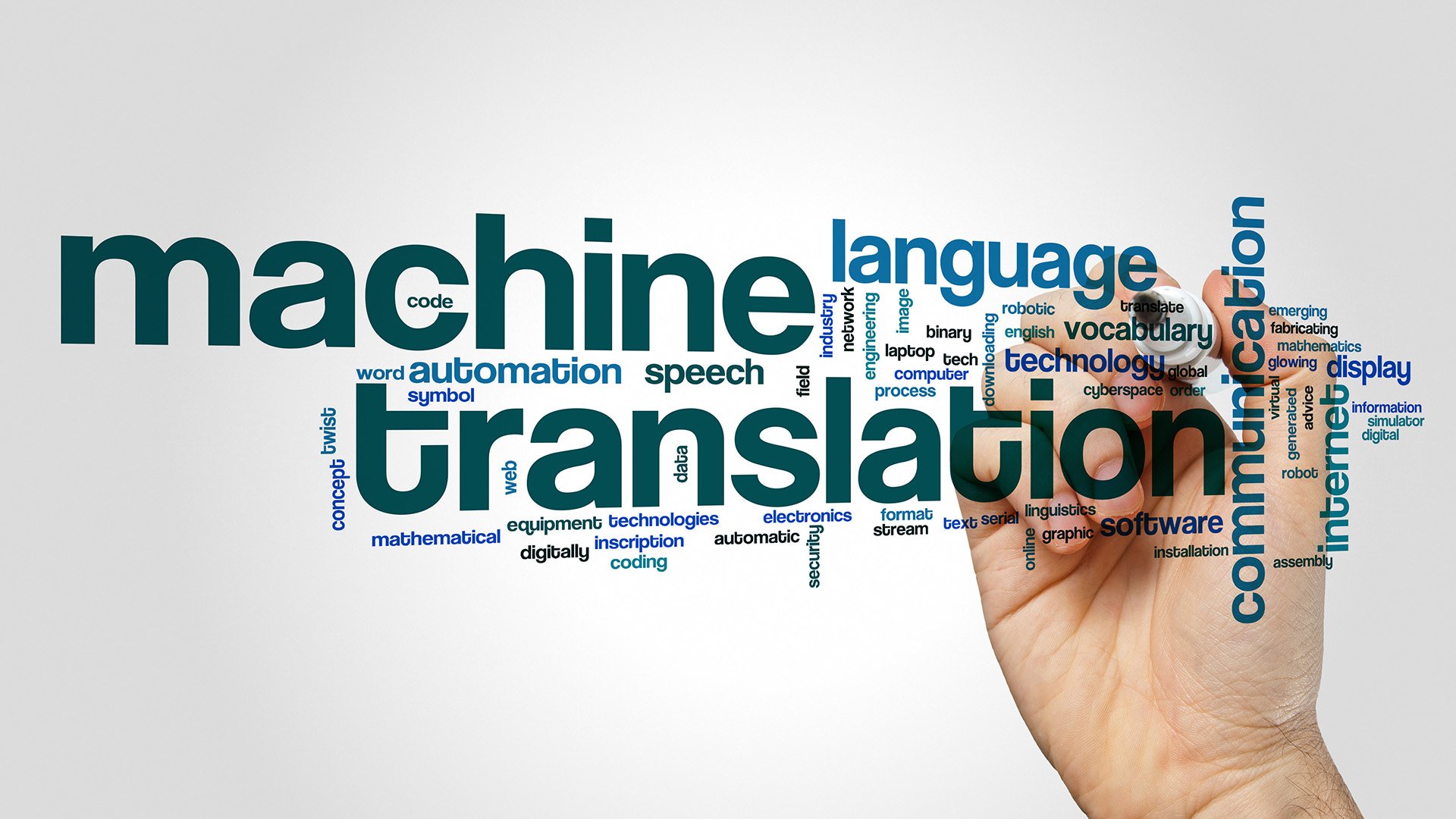
Machine translation is still viewed with considerable scepticism by many translators. But full post-editing can bring the output from the machine translation engine up to the level of human translations. It involves various textual and contextual challenges, and this post explains how the ISO standard 18587:2017 can help.
Artificial intelligence was bound to make its mark on the translation industry sooner or later. Machine translation engines have now established themselves as a key tool, as they offer clear, tangible benefits of saving time and money. But many people still raise their eyebrows at the mere mention of machine translation: can a machine really produce the same quality as a conventional “human” translation? Well... yes and no. Successful use of machine translation requires man and machine to work together – and that means post-editing the machine translation output.
Why is post-editing needed?
Although machine translation engines have come a long way and are now indispensable for many people, they are by no means infallible. There are common errors in machine translation outputs that make them noticeably worse than texts produced by human translators.
These errors need to corrected manually in order to bring the quality of machine translations up to the necessary level. And that process is called post-editing.
Common errors in machine translation outputs include:
- Terminology
Databases containing approved terminology make it clear to translators which words they should use and help create better, more consistent translations. But machine translation engines can’t yet incorporate these databases (known as term bases) into their output. - Context
No matter how intelligently they’re programmed, machine translation engines can’t cope with complex texts. They translate sentence by sentence, so they don’t recognize the links between the sentences in the same way human translators do, and the result is a text which is often completely incoherent or nonsensical. - Incorrect text components
Certain punctuation, inconsistent phrasing and varying use of formal and informal language within the same text are linguistic components that expose the limits of machine translation engines. They always use the same quotation marks, for example, even though they vary from language to language. And imperatives in instruction manuals also cause problems: human translators will naturally ensure that imperatives are phrased the same way every time, but machine outputs feature various forms of imperatives. When instructions need to be as clear as possible, this is far from ideal.
Man and machine working together
So machine translation engines don’t produce perfect translations – that’s where post-editing comes in. According the ISO definition, full post-editing is carried out
“to obtain a product comparable to a product obtained by human translation.” (ISO 18587:2017)
Post-editing differs from conventional translation in that the starting point is the output from the machine translation engine: rather than producing the translation from scratch, the machine’s output is edited. But there are some aspects of the process that remain the same regardless of whether you’re working on the text as a translator or post-editor. The first step in both cases, for instance, is to get a feel for the overall project. Once you as the translator or post-editor have familiarized yourself with the subject matter, structure and terminology of the text, you’ve laid the foundations for a high-quality end product.
And the last step is the same too: both translators and post-editors should follow quality assurance procedures before delivery. These include proofreading the final text, carrying out QA and terminology checks, running a spell check and ensuring that all specific project instructions have been followed.

© MEINRAD
Full post-editing in accordance with ISO 18587:2017
We expect our post-editors to follow the requirements of ISO 18587:2017, the international standard for post-editing of machine translation output. This means that throughout the post-editing process, post-editors should bear in mind the challenges posed and errors produced by machine translation outputs and consider the aspects listed below.
Some of the specific issues to look out for are:
- Making sure no information has been left out or added
- Editing any inappropriate content
- Rephrasing sentences if they are incorrect, misleading or unclear
- Creating content that meets the grammatical, syntactic and semantic requirements of the target language
- Adhering to client and/or specialist terminology
- Following spelling, punctuation and hyphenation rules
- Ensuring that style guides have been followed
- Formatting text correctly
Post-editors are generally recommended to use the MT output as much as possible. However, they also need to make use of TM matches, term bases, the concordance search feature and the reference files – just as they would when producing a conventional translation.
Tekom 2019 – spotlight on machine translation post-editing
Post-editing is crucial in order to make texts produced by machine translation engines suitable for use. But as machine translation is still relatively new, many translators may be unfamiliar with the challenges of post-editing. To shed more light on the issue and to explain why post-editing is so important, Bianca Stadler and Martin Maritschnig from MEINRAD will be hosting an interactive workshop at Tekom 2019, the world’s largest conference and trade show dedicated to technical communication. The workshop is a chance for people to find out more about machine translation and post-editing, question the experts and clear up some of the misconceptions about machine translation processes.
Main image: © AdobeStock

